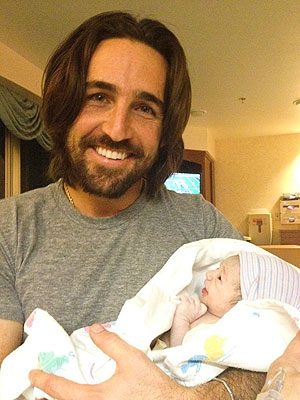Growing up amid the deterioration of Communist-controlled Czechoslovakia, artist Iva Hladis sought out the beauty and craftsmanship of the aged burgher houses along Nerudova Street and the sublime architectural stew of Prague Castle.
When she settled in Los Angeles in the 1980s after a daring escape to freedom over the Alps, she felt surrounded by mini-malls, glitzy high-rises and faux palaces — architecture she found to be "very mundane, boring, almost ugly."
In her meanderings through the city, however, she gradually located buildings of character, charm and, yes, beauty, if not the antiquity of Czech castles.
Some were wedged between contemporary mundanities; others abided only in faded photographs. Putting graphite pencil to fine paper, she began to sketch edifices, spending several days on each intricate work.
A baker's dozen of the architectural renderings are on exhibit through Dec. 5 at District Gallery, a project of the nonprofit Los Angeles Downtown Arts District Space. At the opening reception Nov. 15, crowds jammed the compact space.
Titled "Timeless Treasures," the show features Hladis' layered depictions of such past or present icons as the Pantages Theatre, City Hall, the Eastern Columbia building and Donut Chalet. Each work is set in a historic period and contains embellishments — floating light bulbs, for example, in the 39-by-30-inch drawing of the 1931 Edison building, which took 126 hours to complete.
Hladis, 47, scours library photo archives and the Internet for inspiration. Most of the works are about 10 by 10 inches and take her between 20 and 40 hours to create.
She modeled her drawing of the Pantages on a March 1954 newspaper photo, when the theater marquee touted the 26th Annual Academy Awards Presentation. The foreground of Hladis' version features Gregory Peck on a scooter, an image from the film "Roman Holiday"; behind him is Audrey Hepburn, who won an Oscar at that ceremony for her lead role as an incognito European princess.
City Hall is pictured in January 1949, when a storm dumped snow on downtown Los Angeles. Hladis set the Warner Wiltern Theater in 1932 but put Tom Waits on the marquee. "I was listening to his music at the time," she said.
Such twists, Hladis said, are intended to make the works more personal and intriguing.
"I really feel she's preserving the past and reminding people how beautiful these old buildings are," said Jimmy Hormel, a San Francisco investment manager and venture capitalist who collects Hladis' artworks.
Hladis began drawing as a child and hoped to study art at a university in Czechoslovakia, but the Communists insisted that she concentrate on physics and chemistry.
Those subjects were not her passions, but without money or influence she had little recourse. While in college, she joined Charter 77, a resistance movement founded by writer-dissidents Vaclav Havel and Pavel Kohout, among others. In July 1985, Hladis, a gymnast, and two mountain climber friends (one with his 9-year-old son in tow) started in what was then Yugoslavia along a trail over the Alps. Eleven hours later, at 3:30 a.m., they arrived in Italy.
A Czech refugee in the United States sponsored her. She studied art at community colleges and taught art, eventually securing a studio and living space in the Brewery Arts Complex. She has created figurative drawings, abstract works and Japanese-inspired floral arrangements on old computer motherboards.
She became a citizen in 1992. Soon after, the Velvet Revolution ended Communist rule and Hladis began to make regular trips back to the Czech Republic, where renaissance, baroque and art nouveau buildings filled her with awe, as they had in her youth. Her father, mother and brother died a few years ago, but the art and architecture draw her back.
Los Angeles remains her home, but "where you come from gives you a base for life," she said.
For information about the exhibit, visit Hladis' website.
martha.groves@latimes.com













